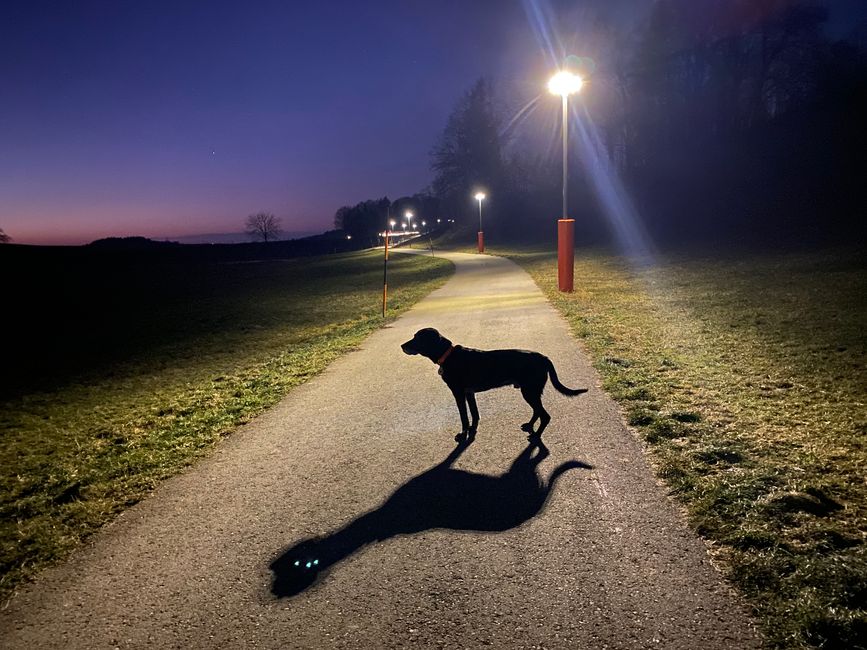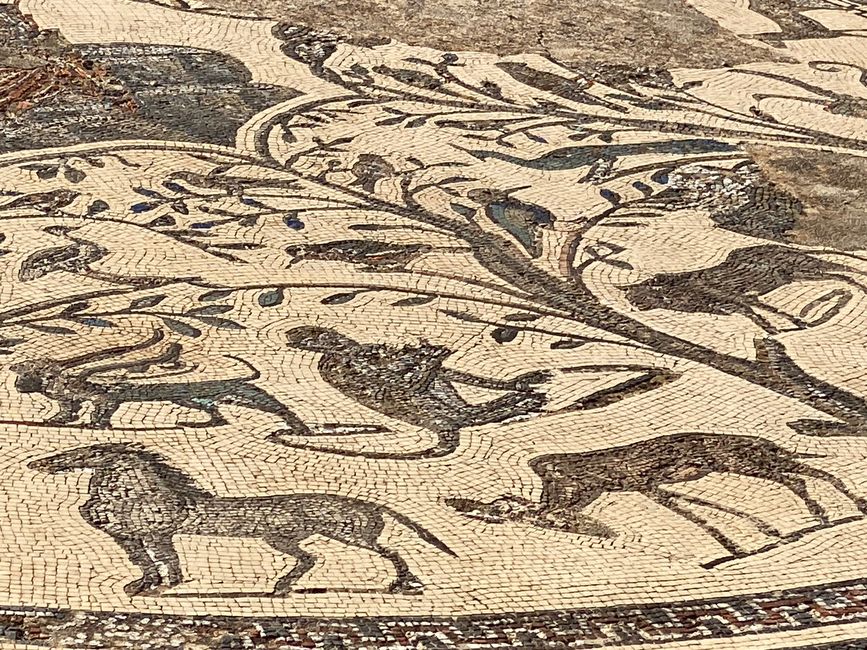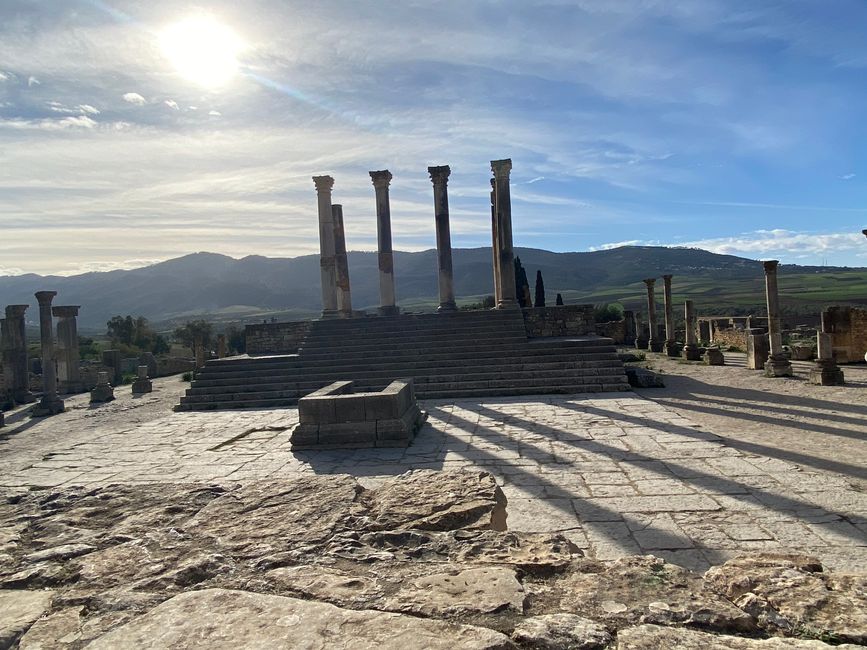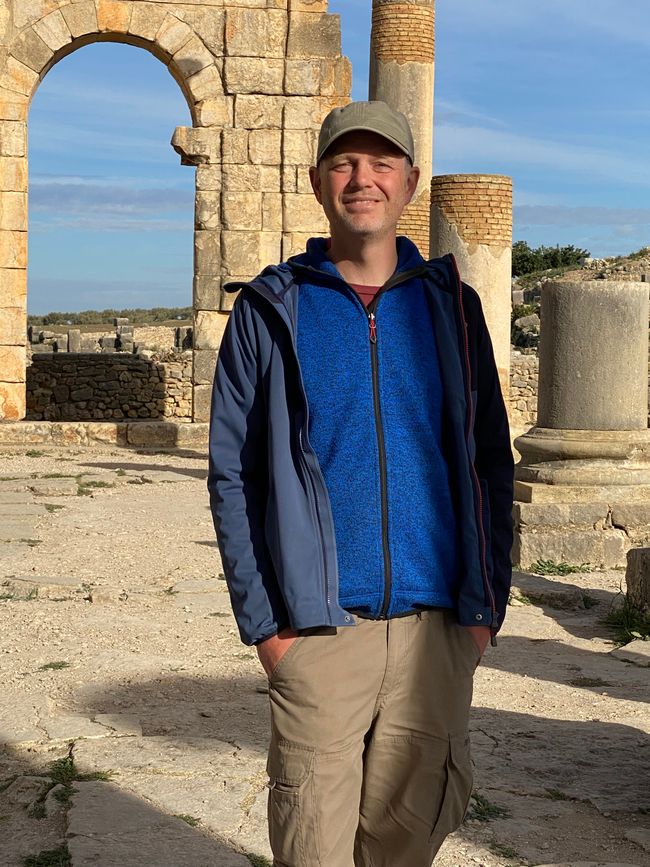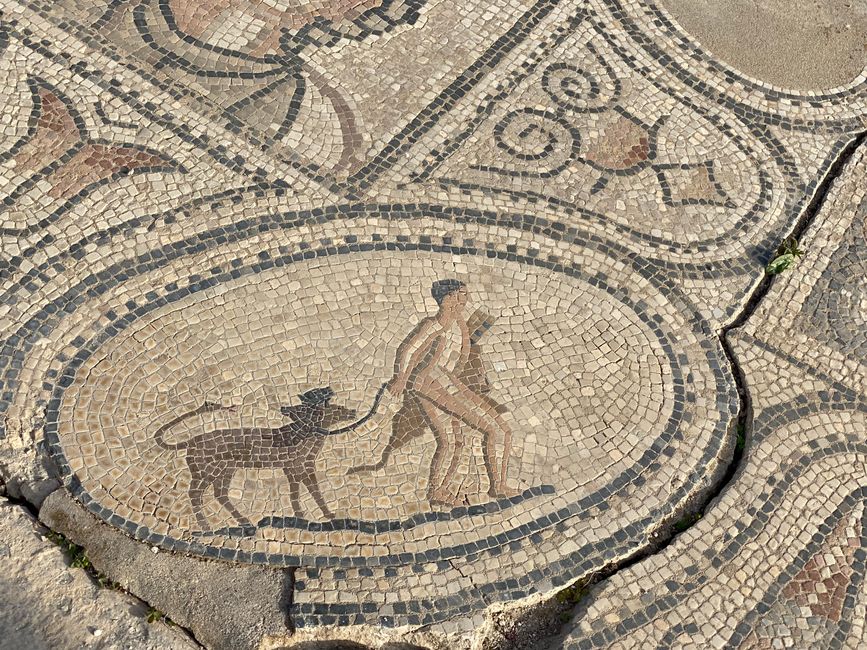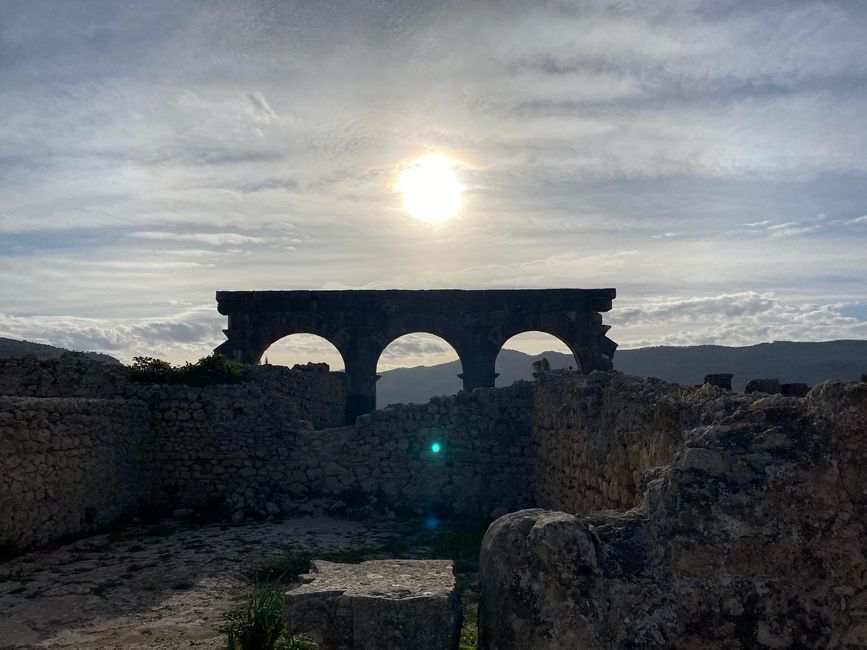Volubilis
उजवाडाक आयलां: 30.12.2023
I am a fan of old cities, on the one hand this is due to my job and on the other hand it is due to a curiosity that wants to be satisfied. How did people live 2,000 years ago and earlier, since they were able to do much more than we give them credit for today?
We have already visited many cities, be it Athens, Olympia, Emporium, Paestum, Selinunte, Pompeii or Herculaneum. The list is longer, but that doesn't matter because it's all about the principle.
Each of these cities has its own character, each place has grown with nature and local conditions, be it because of a river, a harbor or a transport hub. Most Greek-Hellenistic cities are of course found on the Mediterranean, so this city in the middle of the country is a little different, although it also had a nice water supply with an aqueduct.
The plain and surrounding hills near Volubilis were first populated in the Neolithic period, there are also caves in the surrounding area, and of course there is the river, which really creates a green landscape here. We are currently traveling here in winter, it would definitely look different in August, I found it surprisingly green. But that must have been the case 3000 years ago; the first mention comes from Punic-Carthaginian sources around 300 BC. BC and says something about a small settlement here.
After the Second Punic War, Carthage had to give up a lot of land and influence to the Romans. In fact, the city was probably built around 25 BC. Founded by a Mauritanian king named Juba I. This also explains the Roman character with peculiarities that we did not know from Rome or other cities.
The water basins in the colonnades are higher here, the houses are always a bit airier and probably a little more impressive in height than on the Italian boot. Christian, as an architect, then showed me a different locking or door technology for the shops with villas in the background, which fascinated him, because the retailers' gates obviously had small doors that could possibly be used differently depending on the season. Theoretically, traders here usually sell more under the arcades than they do in their small shops; that would also be a tradition.
In addition, the forum and basilica are there, but they are not necessarily huge compared to other cities.
With Christianity under Constantine, the city was not abandoned, but simply converted; the basilica, actually the Roman administrative seat, quickly became a church.
But the story is not over yet, because Islam also gained a foothold in Volubilis, the transitions always seem to have been relatively uncomplicated, but then the earthquake came.
The Volubilis plain is still fertile, the olive trade and especially olive oil have made the city rich. As the nice lady from the Austrian group so beautifully said, I won't become a rich city from the harvest, it's the marketing and the linking of trade routes. As a farmer I won't get rich unless I have a good network for my goods...
That was all the case here, as a royal city it naturally had a special status.
We were particularly fascinated by the mosaics. I hope that UNESCO will soon ask that the excavation be protected a little better and that the mosaics be preserved, because in the sometimes merciless sun there will soon be nothing left to see....
जाप
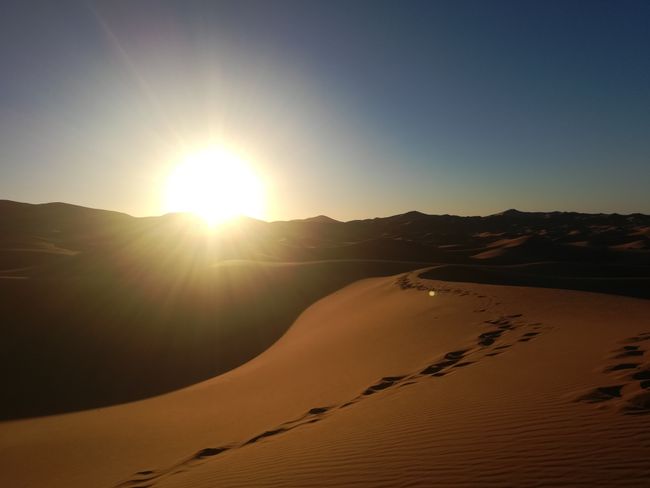
प्रवास अहवाल मोरोक्को हांगा

